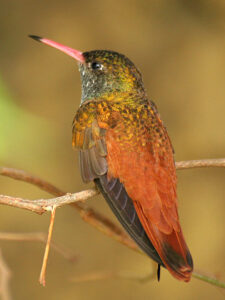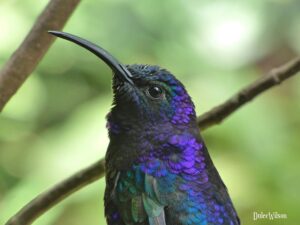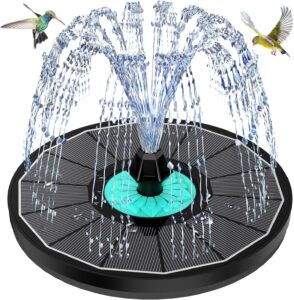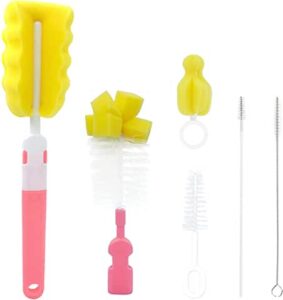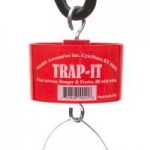Below you will find some great books on hummingbirds. Further down the page they are arranged in specific categories to aid in finding specific knowledge about hummingbirds.
- Hummingbirds: Beauty in Flight by Karen Krebbs
- This book features stunning photographs and provides an artistic exploration of hummingbirds. Although it is only 128 pages, its large format (approximately 14 inches square) highlights the beauty of the images1.

- The Hummingbird Book by Donald and Lillian Stokes
- A comprehensive guide for hummingbird enthusiasts, this book includes tips for attracting hummingbirds to your garden and insights into their behavior1.

- Tiny Bird: A Hummingbird’s Amazing Journey by Robert Burleigh
- A narrative nonfiction picture book that follows the migration of a ruby-throated hummingbird. The story is complemented by Wendell Minor’s stunning illustrations and includes educational content about the bird’s life cycle and migration challenges3.

- Behold the Hummingbird by Peachtree Publishing
- This lyrical book combines poetic text with gorgeous illustrations, exploring the unique abilities of hummingbirds, such as their ability to hover, fly backward, and consume vast amounts of nectar relative to their size2.

- A Little Book of Hummingbirds
- Lavishly illustrated with over 45 original ink-and-watercolor drawings, this book focuses on species commonly found in the United States and Canada. It is both a visual treat and an informative guide7.

Themes in Hummingbird Books
- Migration Journeys: Books like Tiny Bird highlight the incredible distances these small birds travel during migration.
- Life Cycle and Habitats: Many books provide educational insights into the life cycle, diet, and habitats of hummingbirds.
- Artistic Illustrations: Titles such as A Little Book of Hummingbirds emphasize artistic representations through watercolor or photography.
- Practical Guides: Some books focus on how to attract hummingbirds to gardens or provide tips for observing them.
Why Read Hummingbird Books?
Hummingbird books are perfect for nature lovers, birdwatchers, or anyone captivated by these tiny yet powerful creatures. They combine science, art, and storytelling to celebrate the beauty and resilience of hummingbirds.
What are the best hummingbird books for beginners
Several books can help beginners learn about hummingbirds, covering identification, attracting them, and understanding their behavior123. Some of the best hummingbird books for beginners are:
- Stokes Beginner’s Guide to Hummingbirds This book covers common species,

- The Hummingbird Book: The Complete Guide to Attracting, Identifying and Enjoying Hummingbirds by Donald and Lillian Stokes. This guide provides comprehensive information for attracting, identifying, and enjoying hummingbirds and is available in paperback and e-book formats12.

- My Tiny Life by Ruby T. Hummingbird Written as a nature diary, this children’s book introduces the life cycle of a ruby-throated hummingbird and provides facts about their diet, migration, and behavior13. It also includes a recipe for sugar water and recommendations for hummingbirds’ favorite flowers1.
Here are some of the top hummingbird books for kids:
- The Ultimate Hummingbird Book for Kids This engaging and beautifully illustrated guide is designed for curious kids aged 9 and up, offering over 100 amazing facts and photos1.
- My Tiny Life by Ruby T. Hummingbird Written as a nature diary, this book introduces kids to the life cycle of a ruby-throated hummingbird and provides facts about their diet, migration, and behavior23. It also includes a recipe for sugar water and recommendations for hummingbirds’ favorite flowers2.
- Brave Baby Hummingbird This nonfiction picture book is about Allen’s hummingbirds, and it describes how they migrate 2,200 miles from the San Francisco area to Central Mexico5
Which hummingbird book is best for learning about their habitats
Hummingbirds: A Life-Size Guide to Every Species includes habitat information for all 338 known hummingbird species4.

The Ultimate Hummingbird Book explores hummingbird habitats, among other topics, and is designed for kids aged 9 and up18.
About Hummingbirds, from the About… series by Cathryn and John Sill, introduces children to where hummingbirds live2.
What are the best hummingbird books for understanding their behavior?
- Peterson Reference Guide to Bird Behavior by John Kricher is a comprehensive look at bird behavior, including hummingbirds. It covers topics such as annual cycles, social behaviors, pair bonding, and nesting3.
- The Hummingbird Handbook by John Shewey offers in-depth information about hummingbirds, including fascinating facts, historical tidbits, and species profiles1.
- The Hummingbird Book: The Complete Guide to Attracting, Identifying and Enjoying Hummingbirds by Donald and Lillian Stokes provides comprehensive information on hummingbird behavior, including attracting and observing them16.
- The Love Lives of Birds: Courting and Mating Rituals by Laura Erickson, while not exclusively about hummingbirds, offers insights into the breeding behaviors of various bird species, which can help in understanding hummingbird behavior3.
- The Glitter in the Green: In Search of Hummingbirds by Jon Dunn provides a broader perspective on hummingbird behavior across their range, from near the Arctic Circle to near-Antarctic islands3.
These books offer a mix of scientific information, personal observations, and practical tips for understanding and appreciating hummingbird behavior.
Can you suggest hummingbird books that cover different species
.Several books can help you learn about different hummingbird species:
- Hummingbirds: A Life-Size Guide to Every Species profiles all 338 known hummingbird species with life-sized, full-color photographs, flight maps, key statistics, behavior, plumage, and habitat information4.

- Hummingbirds: New Insights into the 358 Species by Dr. Jacques Ducros and Peter Tucker is a multi-volume set that delivers a wealth of information, with details not easy to find at an affordable price1.
- Hummingbirds: Eponyms, Etymologies, and Principal Characteristics Volume 1 by Dr. Jacques Ducros and Peter Tucker devotes two pages to each of about 1/3 of all known species. It includes photos/drawings, how the species was named, where it is found (location and altitude), and more1.
- Peterson Field Guide to Hummingbirds of North America points out specific ID markers to help identify hummingbirds in the field2.
- North American Hummingbirds: An Identification Guide by Paul A. Johnsgard includes illustrations and photographs for 25 hummingbird species reported in the United States and Canada, arranged by size, with a separate section for accidentals7.
- The Hummingbird Handbook by John Shewey offers species profiles and fascinating facts2.
Which hummingbird book has the most stunning photographs?
Here are the hummingbird books that stand out for their stunning photographs:
- Hummingbirds: A Celebration of Nature’s Jewels, with photographs by Glenn Bartley and text by Andy Swash, features hundreds of spectacular photographs of hummingbirds and illustrations. It includes over 540 color photographs, illustrating all 101 hummingbird genera and over two-thirds of the world’s 369 species1. Bartley’s meticulous approach results in stunning images5.
- BIRDS: Poetry in the Sky by Christian Spencer features shots of rainbow-tinted hummingbirds and other birds in their natural habitat3. Spencer’s photographs capture the fleeting beauty of hummingbird wings as they transform into prisms in the sky under specific atmospheric conditions3.
- Hummingbirds: Beauty in Flight by Karen Krebbs contains big, beautiful photographs in a large format2.
Are there any hummingbird books that focus on their migration patterns
There are several hummingbird books that focus on their migration patterns:
- Ruby-Throated Hummingbird Migration from the 21st Century Junior Library series explores the migration of this specific hummingbird species.
- The Glitter in the Green: In Search of Hummingbirds by Jon Dunn discusses the remarkable migration journeys of hummingbirds, including the Rufous hummingbird’s 3,500-mile migration from Mexico to Alaska1.
- Flight Paths by Rebecca Heisman, while not exclusively about hummingbirds, details the history of migration science and includes information on various bird species’ migration patterns3.
- A World on the Wing by Scott Weidensaul celebrates global bird migration, including hummingbirds, and explores the science behind these patterns5.
- A Little Book of Hummingbirds includes information on hummingbird migration patterns, among other fascinating facts about these birds6.
These books offer insights into the incredible journeys hummingbirds undertake, from the ruby-throated hummingbird’s solo flight across the Gulf of Mexico to the rufous hummingbird’s record-breaking migration relative to its size12.
More information on hummingbird migration
Where did the hummers go? Migration and Seasonal Cycle.
Are there any books that document the impact of climate change on hummingbird migrations?
While the search results don’t specifically mention books documenting the impact of climate change on hummingbird migrations, they do provide information on recent research and studies on this topic. Based on this information, I can suggest some relevant publications that likely cover this subject:
- The Glitter in the Green: In Search of Hummingbirds by Jon Dunn. This book likely includes information on how climate change is affecting hummingbird populations and their migration patterns.
- A World on the Wing: The Global Odyssey of Migratory Birds by Scott Weidensaul. Although not exclusively about hummingbirds, this book discusses the impact of climate change on various migratory bird species, which may include hummingbirds.
- Flight Paths: How a Passionate and Quirky Group of Pioneering Scientists Solved the Mystery of Bird Migration by Rebecca Heisman. This book might cover recent research on how climate change is altering bird migration patterns, including those of hummingbirds.
Recent studies have shown that climate change is indeed affecting hummingbird migrations and habitats:
- Research indicates that climate change may lead to phenological mismatches between migratory hummingbird arrival and seasonal flowering peaks5.
- Some hummingbird species are experiencing habitat loss due to climate change, particularly those living at sea level or with specialized ranges in tropical areas4.
- The Anna’s hummingbird has expanded its winter range, which is associated with climate change and urbanization78.
- A study on Broad-tailed Hummingbirds found that climate change is affecting the timing of nectar availability in their breeding areas, potentially impacting their migration and breeding success2.
These findings suggest that there is a growing body of scientific literature on the impact of climate change on hummingbird migrations, which may be compiled into books or comprehensive reports in the near future.













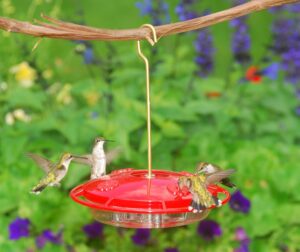
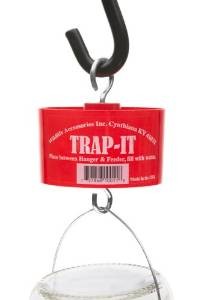

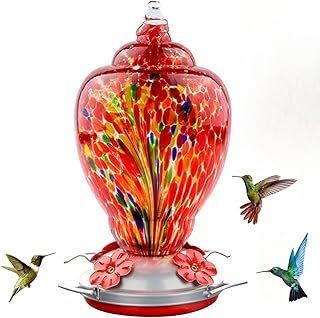

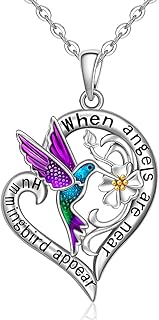
 4. Hummingbird Wind Chimes: Music for the Soul
4. Hummingbird Wind Chimes: Music for the Soul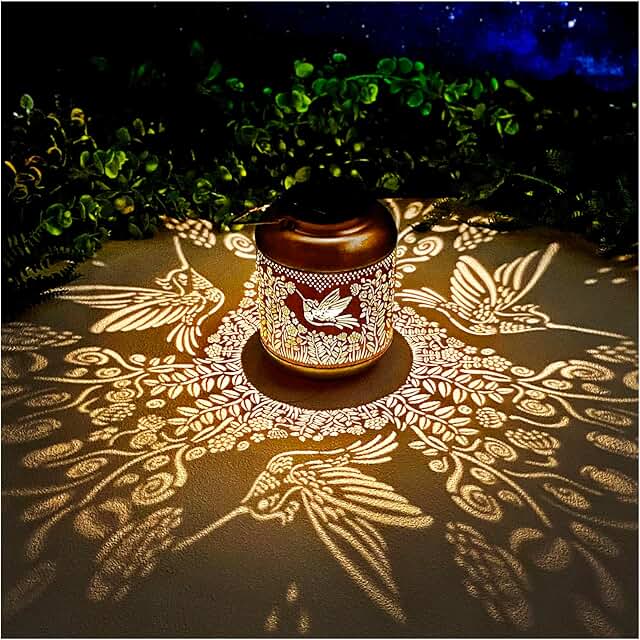
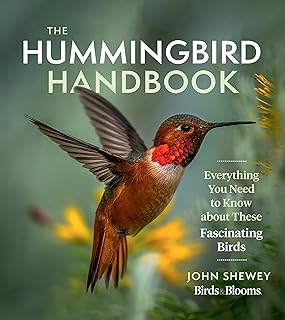 6. Hummingbird Books: Stories and Facts to Feed Their Curiosity
6. Hummingbird Books: Stories and Facts to Feed Their Curiosity
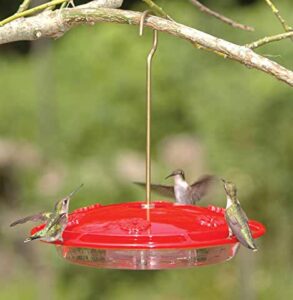
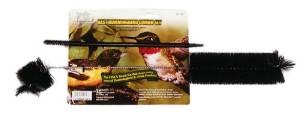
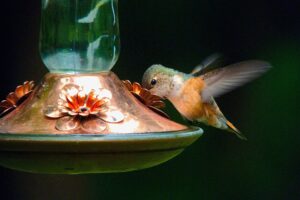 There’s no need to add red food coloring—it’s unnecessary and could even be harmful to hummingbirds. A red feeder is enough to attract them, and if you’d like, you can tie a red ribbon around it for extra color.
There’s no need to add red food coloring—it’s unnecessary and could even be harmful to hummingbirds. A red feeder is enough to attract them, and if you’d like, you can tie a red ribbon around it for extra color.